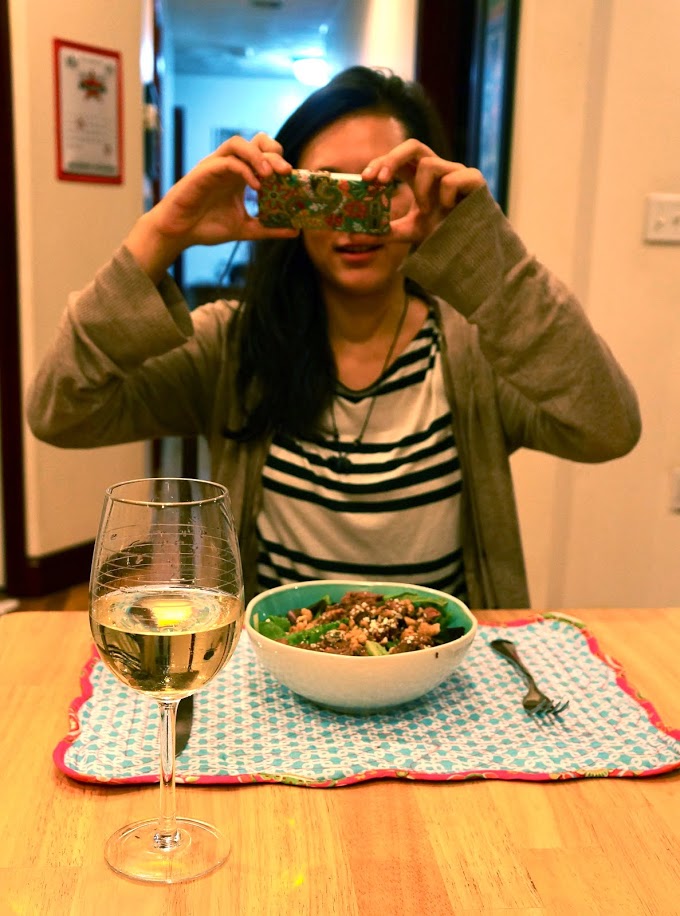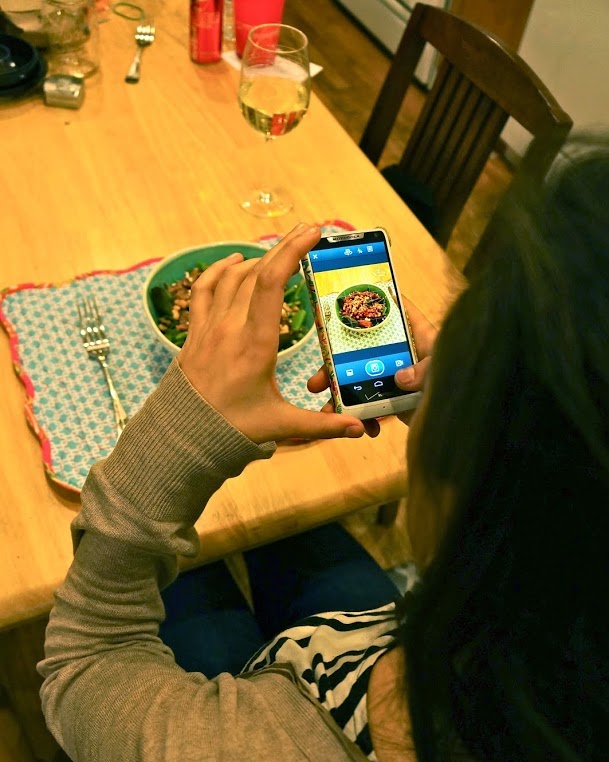 For the Sake of Our Appetites, Curb Your Desire to Take and Post Food-Photos
For the Sake of Our Appetites, Curb Your Desire to Take and Post Food-Photos
I’m honestly glad your bubble tea was #delicious. The fact that a couple of colorful French macaroons you indulged in merited a #yumyumyumyum makes me happy. And I couldn’t be more excited that your exquisitely-made California rolls sent you straight to #foodheaven.
But, being honest, your assumption that any part of me (and of most social media users) cares about what foodstuffs you consume is baffling and borderline insulting. To put it simply, most people have got bigger fish to fry.
As you can tell, I’ve never been overly fond of “instafoodies,” a feeling many social media users who innocently log-on to Instagram, Twitter or Facebook every day, only to be engulfed by a veritable inundation of food photography—pictures with #food in their caption on Instagram number almost 62 million—can surely relate with.
Don’t misunderstand, I proudly consider myself a foodie as well, and there’s nothing wrong with people being so excited about food as to warrant photography. But there’s a difference between “real-life” foodies and their social media counterparts, the former being more concerned with the food on their plate than with disseminating digital proof of it on social media.
Until now, sadly enough, reasons for disliking food photography’s ever pervasive role in social media were of the kind that make for good rants, but bad journalism.
But a recently published study both rationalizes food-pic aversion (hallelujah) and scientifically explains the real dangers of this worrying trend. Indeed, in an article published in The Journal of Consumer Psychology, researchers from Brigham Young University argue that looking at many pictures of food can spoil appetites and make eating less enjoyable.
As Ryan Elder, professor at BYU and co-author of the study puts it, “In an way, you’re becoming tired of that taste without even eating the food. It’s sensory boredom—you’ve kind of moved on and don’t want to taste that experience anymore.”
 To reach their conclusions, researchers recruited more than 200 participants with whom they conducted experiments that involved viewing and rating photos of different foods. In one experiment, for instance, half of the participants looked at pictures of salty foods while the other half was shown pictures of sweet foods. All subjects were then given peanuts, a salty food, and asked to rate the extent to which they enjoyed eating them. Results showed that the participants who had seen the pictures of the salty foods enjoyed the peanuts significantly less than their counterparts.
To reach their conclusions, researchers recruited more than 200 participants with whom they conducted experiments that involved viewing and rating photos of different foods. In one experiment, for instance, half of the participants looked at pictures of salty foods while the other half was shown pictures of sweet foods. All subjects were then given peanuts, a salty food, and asked to rate the extent to which they enjoyed eating them. Results showed that the participants who had seen the pictures of the salty foods enjoyed the peanuts significantly less than their counterparts.
Researchers explain this phenomenon with the concept of “satiation,” which is defined as a reduction in enjoyment as a result of repeated consumption. This theory explains why people enjoy the first slice of cake more than the fourth or fifth, for example. Crucially, it appears there are many sensory routes to satiety besides taste, including sight, which reveals the perils of looking at pictures of food.
Northeastern psychology professor Franklin Naarendorp, however, says he’s skeptical, though he did note that he is not an expert on the subject. “I can imagine that under certain circumstances a picture might elicit sensations of satiation but very likely not for long,” he said. “The subject or person certainly would need a pretty colorful visual or olfactory imagination to produce interference with the normally occurring physiological hunger pangs. The latter are strong and arise because food is needed by the body.”
Still, freshman Bella Hendricks, an English major, concedes that long Instagram sessions can impact social media users. “After spending a few minutes on Instagram and glancing over so many pictures of dishes and the like,” she said, “food sometimes becomes the last thing we want to look at.”
So next time, think twice before uploading a snapshot of your snazzy salad, no matter the amount of #foodlove you feel toward it. After all, is whatever satisfaction you will get, whatever point about yourself you’ll make, really worth potentially compromising many others’ ability to enjoy, savor and delight in their own meals?
Instafoodies, put the camera down, pick up the fork and let real-life foodies be.